13 December 2024
There’s something magical about walking into a room that just feels "right," isn’t there? It wraps you up like your favorite blanket on a chilly day. That feeling often comes down to one powerful, yet often overlooked, design element: texture. Mixing textures is an art form that can completely transform your space, giving it warmth, dimension, and, most importantly, a cozy ambiance.
But wait—what exactly do we mean by "mixing textures"? And how do you do it without ending up with a room that looks like a chaotic flea market? Don’t worry—I’ve got your back. Let’s dive into the nitty-gritty of this design technique and how you can master it in your own home.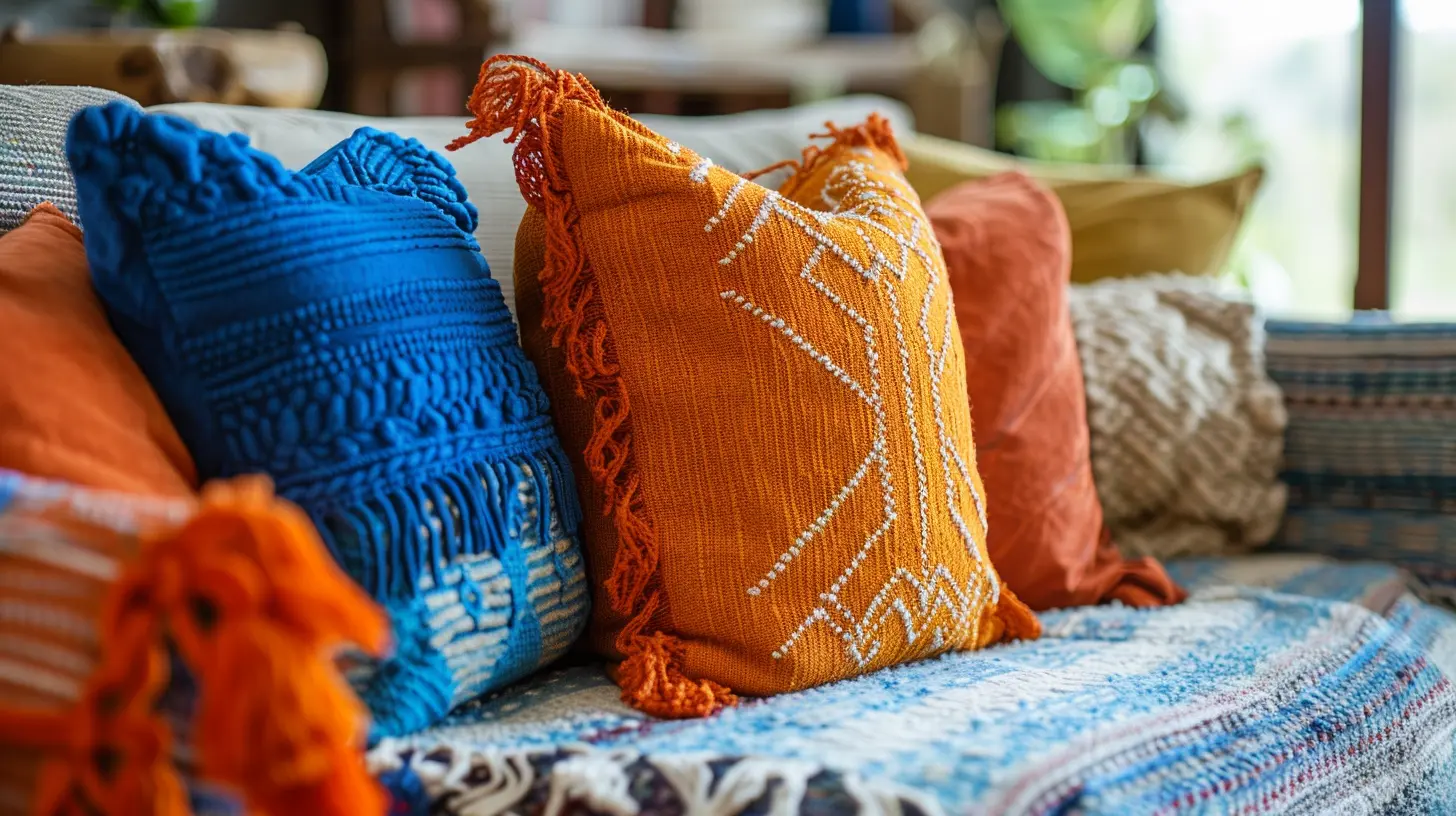
Why Texture Matters
Think about it—if your house was made up of nothing but smooth surfaces (glass tables, sleek leather couches, glossy floors), it might look chic, but it would probably feel sterile and cold. The opposite is true too; if your room is all plush fabrics and soft finishes, it can lack contrast and feel dull. Texture is the unsung hero that creates balance.Textures speak to our sense of touch, even if we’re just looking at them. A chunky knit throw on your sofa invites you to snuggle up with a hot cup of coffee. A weathered wooden coffee table gives your living room character, whispering stories of its past into the atmosphere. By layering different textures, you can create a space that’s not only visually interesting but also emotionally inviting. 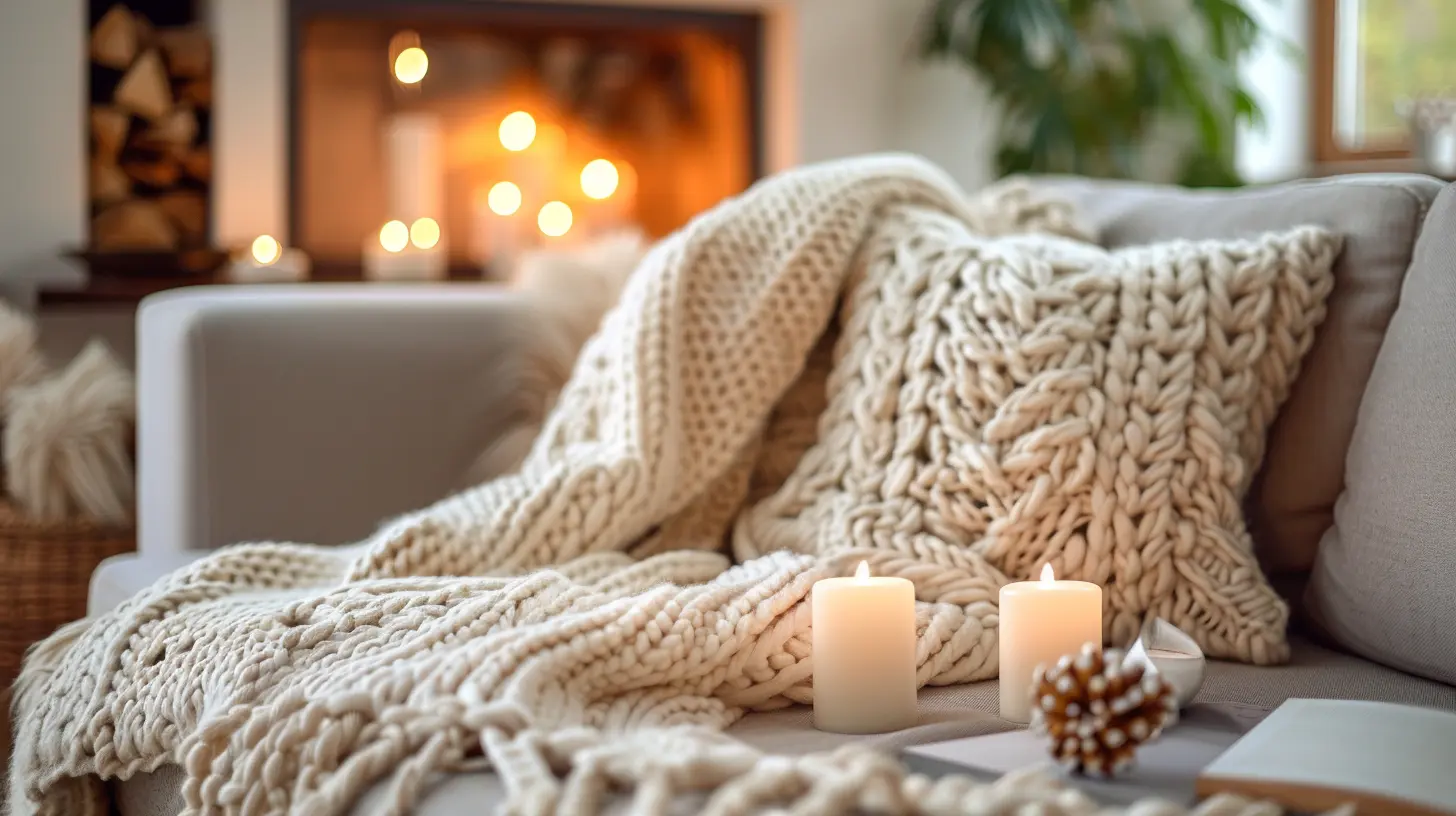
The Basics of Mixing Textures
Before we dive into the "how-to," let’s lay out some ground rules for mixing textures:1. Contrast is Key
Textures work best when they play off each other. A soft, fluffy rug next to a sleek, metal lamp creates a delightful contrast that keeps the eye intrigued. Opposites attract—think smooth and rough, shiny and matte, soft and hard.2. Stick to a Color Scheme
To keep things cohesive, limit your color palette. When you mix too many colors with too many textures, the result can be overwhelming. Neutrals work beautifully as a backdrop for showcasing texture, but you can also extend this technique to bolder hues if done thoughtfully.3. Start Small
If you’re new to mixing textures, begin with small accents. A few decorative pillows, a woven basket, or a velvet footstool can go a long way. These elements are easy to swap out as you experiment and refine your style.4. Don’t Forget Practicality
While textures are fun to play with, they should also serve a purpose. That nubby wool rug might look amazing, but will it be a nightmare to clean with pets or kids around? Choose textures that work for your lifestyle.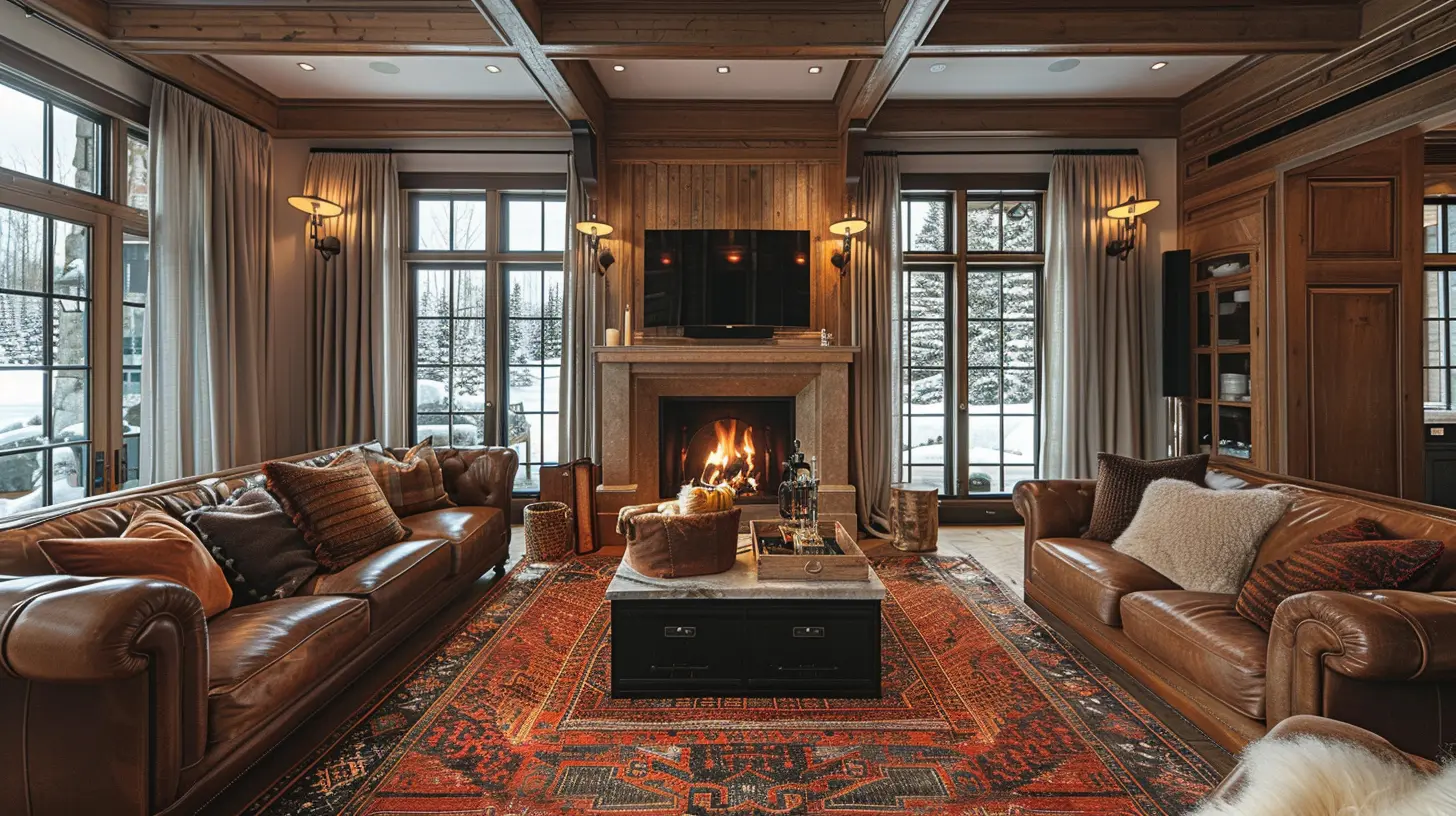
Elements of Texture to Mix and Match
Now that we’ve covered the basics, let’s break down the different elements of texture and how to tie them together seamlessly in your home.1. Fabrics: Soft, Smooth, and Rough
Fabrics are one of the easiest ways to introduce texture. Think beyond your sofa cushions—curtains, rugs, throws, and even lampshades offer opportunities to mix things up. Pairing a soft velvet pillow with a chunky knit throw or contrasting light, airy linen curtains with a wool area rug can make a big impact.2. Natural Materials: Wood, Rattan, and Stone
Natural materials bring an earthy, grounding vibe to any room. A distressed wooden table, a rattan chair, or a slate backsplash are excellent additions to layer in texture. Bonus: natural textures age beautifully, adding even more depth to your space over time.3. Metallics: Glossy, Matte, and Brushed
Metallic finishes work as the "jewelry" of your space. Think brass light fixtures, brushed nickel hardware, or a shiny chrome vase. Combining different metallic textures creates a richness that’s hard to replicate with other materials.4. Plants: Nature’s Texture
Never underestimate the power of greenery. Plants bring their own kind of texture—soft leaves, woody stems, or waxy succulents add life and movement to any room. Plus, they’re great for air quality!5. Walls and Floors: More Than a Backdrop
Don’t overlook your walls and floors—they’re the canvas for your design. Think shiplap or exposed brick walls for some rugged charm, or layer a jute rug over hardwood floors to add dimension.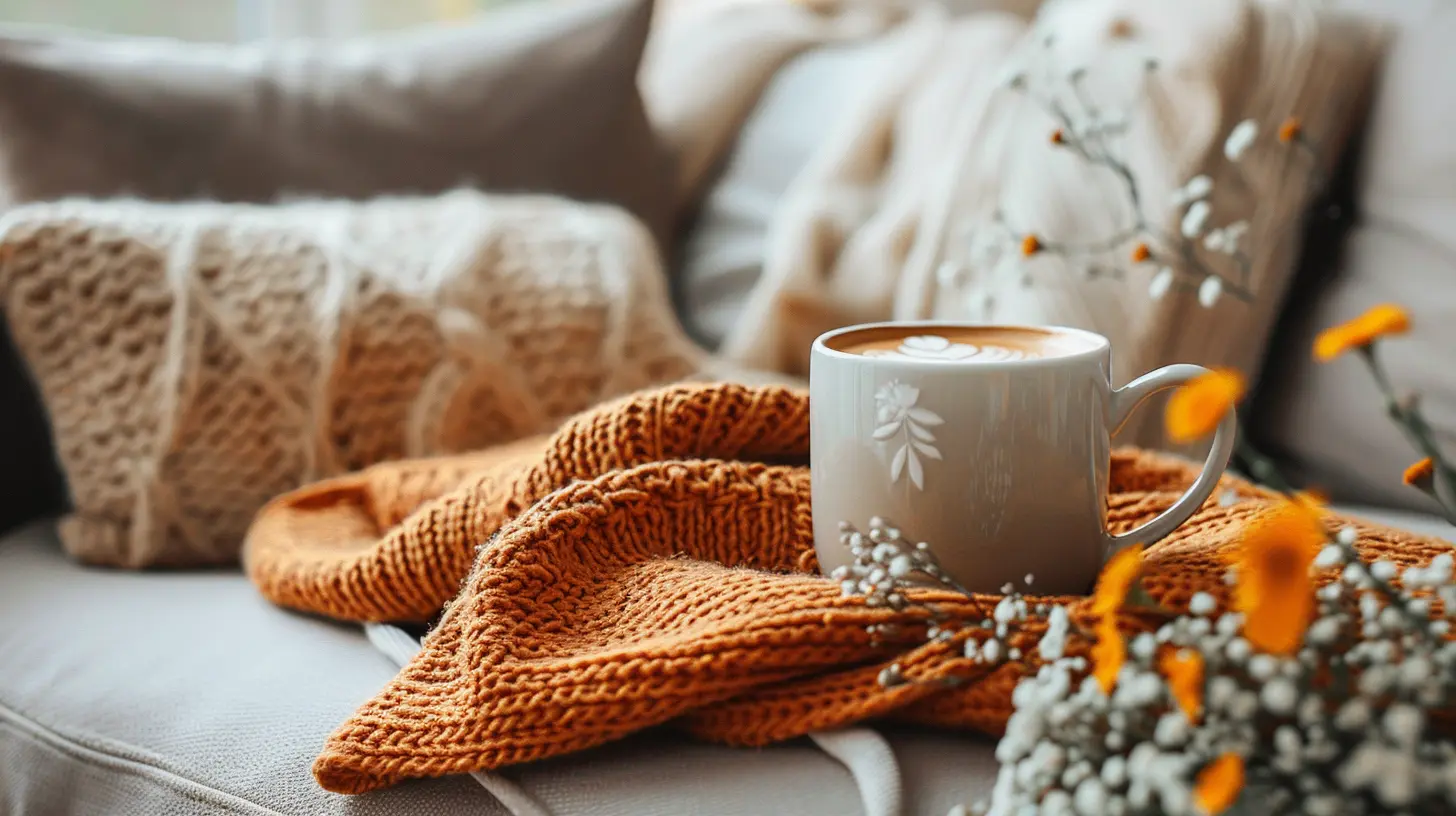
Practical Ways to Incorporate Texture
Now that you know what to use, let’s talk about how to actually use it. Here are some tried-and-true methods for mixing textures like a pro:1. Layer Rugs
Layering rugs is a simple way to play with texture. Start with a large, flat natural fiber rug like jute or sisal, then top it with a smaller, plush rug. The contrast in thickness and material will instantly add depth to your room.2. Pile On the Pillows
Decorative pillows are your best friends when it comes to mixing textures. Play with different fabrics—think faux fur, velvet, linen, and leather. Add a variety of shapes and sizes to maximize visual interest.3. Mix Furniture Finishes
If all your furniture is one texture (say, super sleek and modern), it can feel one-dimensional. Contrast a glossy coffee table with a distressed wood sideboard or complement a velvet armchair with a rattan stool.4. Add Unexpected Elements
Texture isn’t just for fabrics and furniture—think outside the box! A statement wall with textured wallpaper, a woven pendant light, or even a ceramic vase with a bumpy glaze can add that extra "oomph."5. Light It Right
Lighting can emphasize texture beautifully. A soft, ambient light can highlight the shadows and depth of textured walls or fabrics, making the entire space feel cozier.Common Mistakes to Avoid
Yep, there are a few pitfalls when it comes to mixing textures. Here’s what to watch out for:- Overdoing it: While contrast is good, too many conflicting textures can make your space feel busy, not cozy. Strike a balance.
- Ignoring scale: Be mindful of proportions. A heavy, oversized leather couch might overpower a delicate glass coffee table.
- Forgetting consistency: While it’s fun to mix textures, there should be a unifying thread—whether it’s your color palette or overall style.
Real-Life Example: A Cozy Living Room
Picture this: a living room with a buttery leather couch, a chunky knit throw draped over the arm, and a distressed wooden coffee table set on top of a layered jute and shag rug. Add in a few velvet pillows, a sleek metallic floor lamp, and a basket of soft blankets tucked in the corner. Bring in a few potted plants for that natural touch, and boom—you’ve got yourself a textured paradise that screams "cozy."Final Thoughts
Mastering the art of mixing textures isn’t reserved for professional designers—it’s something anyone can do with a little practice and creativity. The key is to trust your instincts. If a combination feels right to you, it almost always will translate to others.Remember, creating a cozy ambiance is all about the feeling it evokes. When you mix textures correctly, your home becomes more than just a place to live—it becomes a sanctuary, a haven, and a reflection of you.





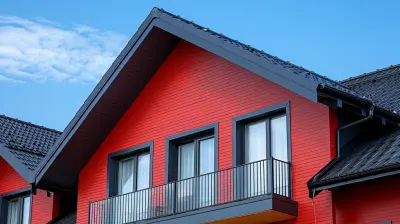





Siena Phelps
Mixing textures is essential for crafting a cozy ambiance in real estate interiors. By layering materials like soft textiles, rustic woods, and sleek metals, you create visual interest and warmth. This approach not only enhances aesthetic appeal but also fosters a welcoming environment, making spaces more inviting for potential buyers.
January 30, 2025 at 9:04 PM